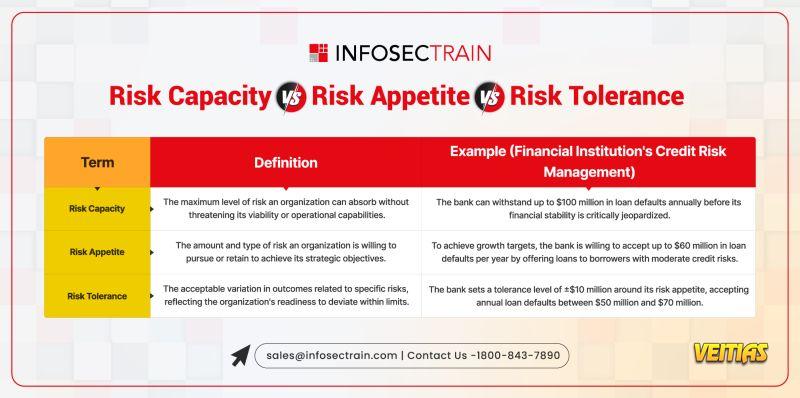Understanding the differences between Risk Capacity, Risk Appetite, and Risk Tolerance is crucial for effective risk management. Risk Capacity refers to the objective ability of an organization or individual to absorb financial, operational, or strategic risks without jeopardizing stability. It is determined by factors like financial strength, resources, and regulatory constraints. Risk Appetite, on the other hand, is the level of risk an organization is willing to accept in pursuit of its objectives. It reflects strategic goals, leadership perspectives, and industry conditions.
Understanding the differences between Risk Capacity, Risk Appetite, and Risk Tolerance is crucial for effective risk management. Risk Capacity refers to the objective ability of an organization or individual to absorb financial, operational, or strategic risks without jeopardizing stability. It is determined by factors like financial strength, resources, and regulatory constraints. Risk Appetite, on the other hand, is the level of risk an organization is willing to accept in pursuit of its objectives. It reflects strategic goals, leadership perspectives, and industry conditions.
0 Commenti
0 condivisioni
2315 Views
0 Anteprima



